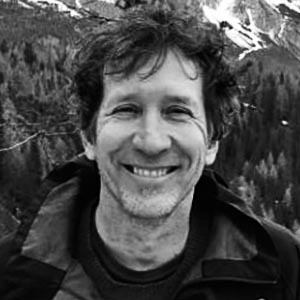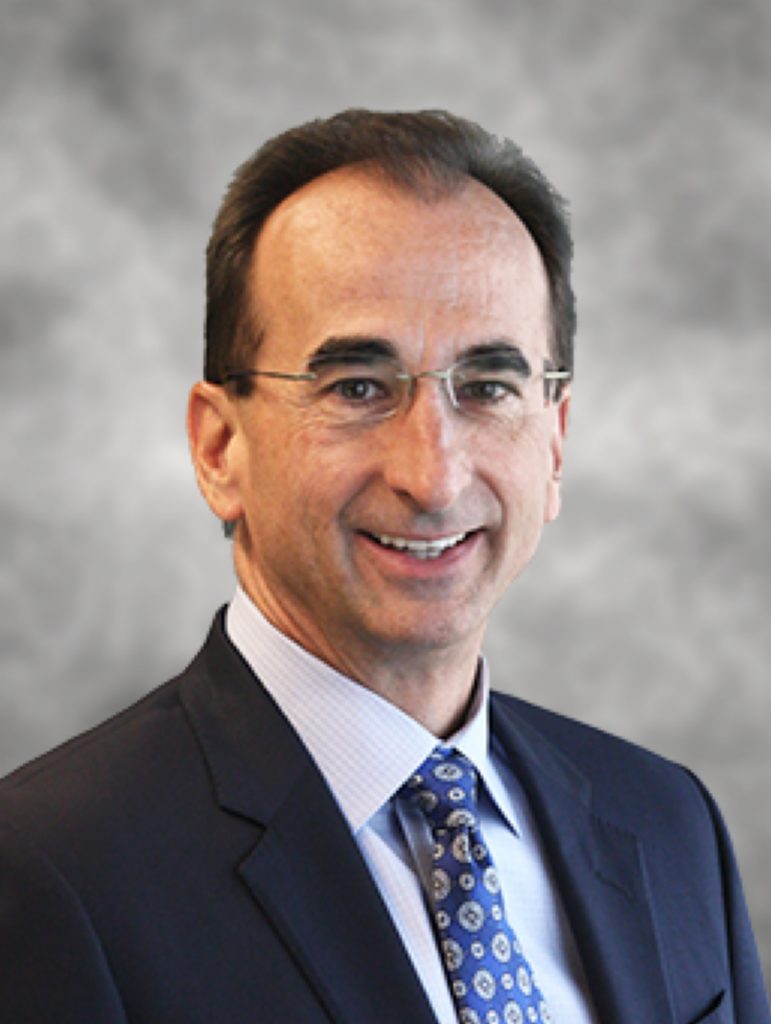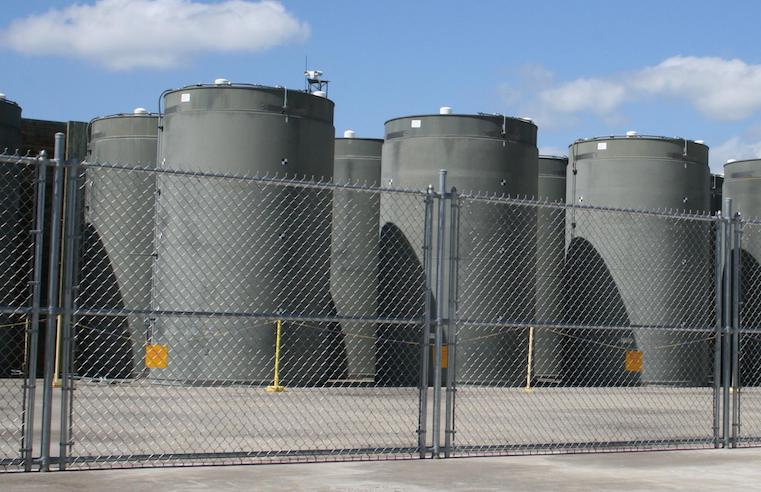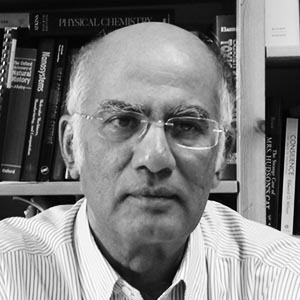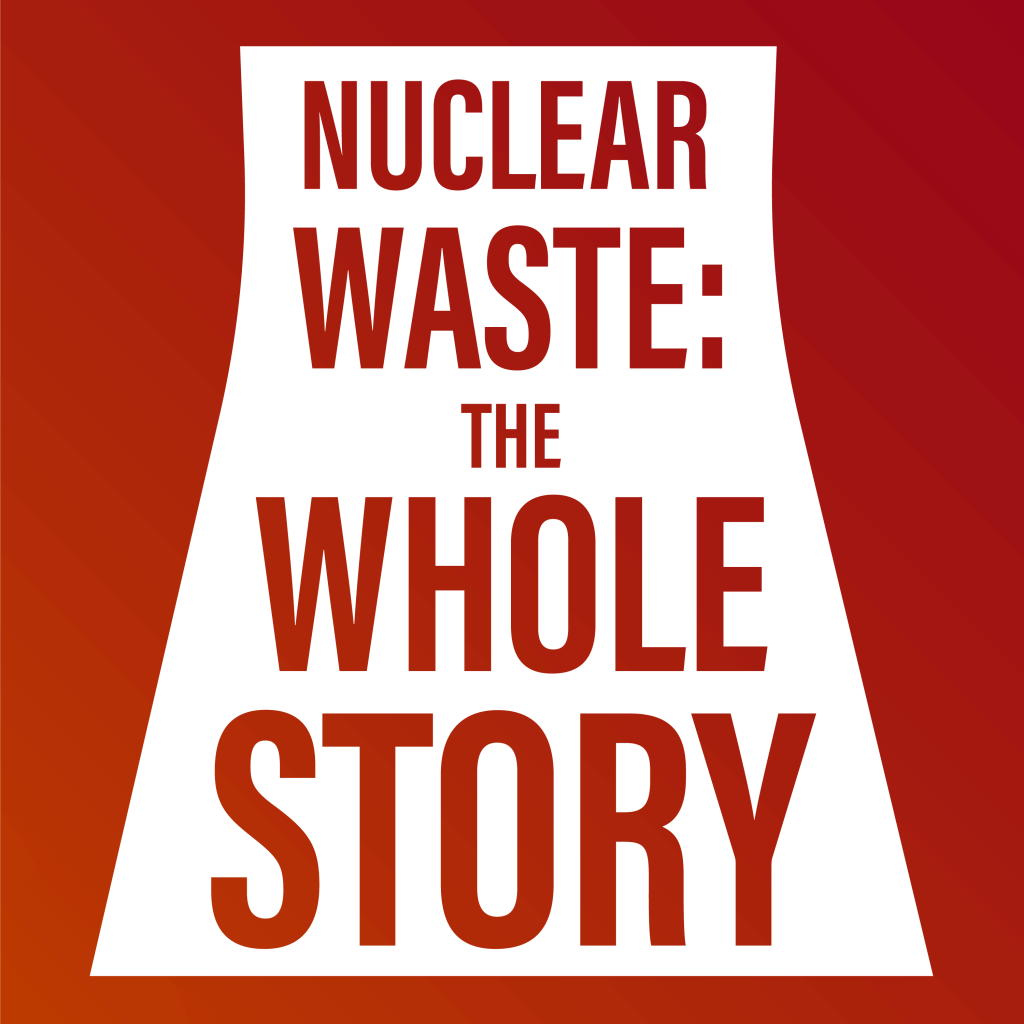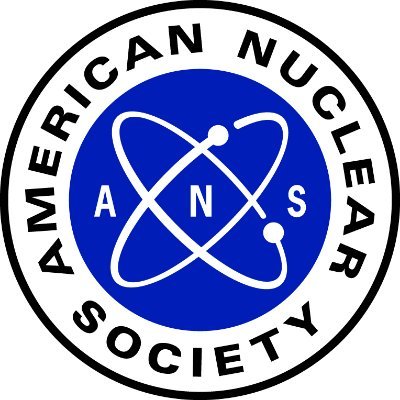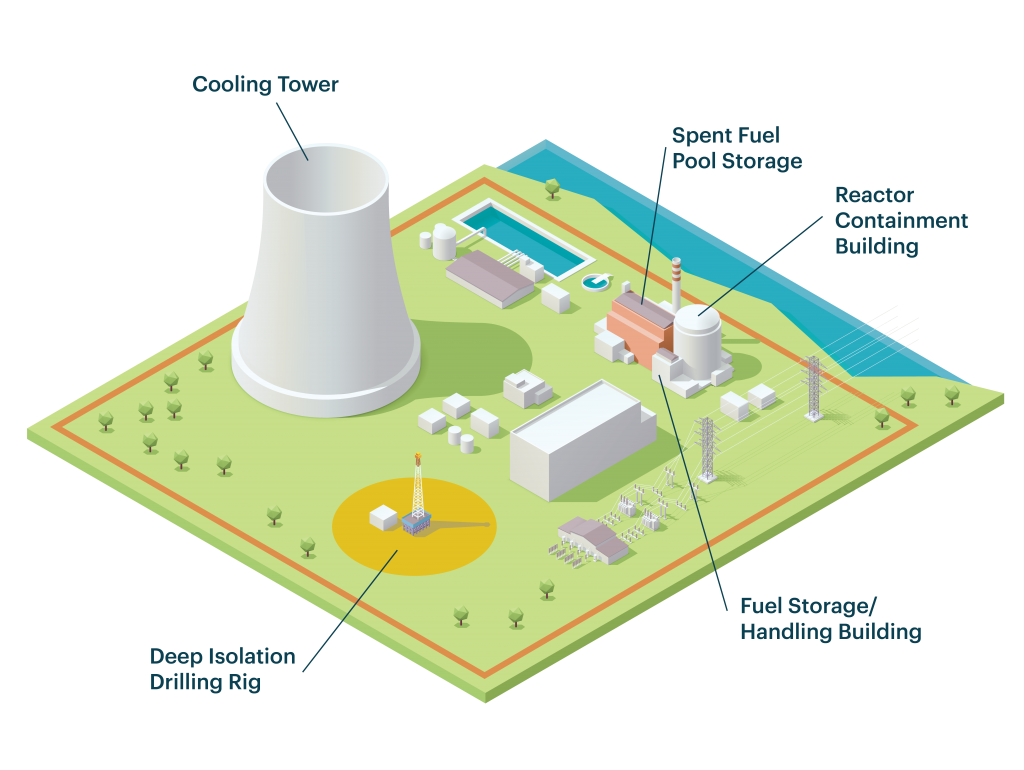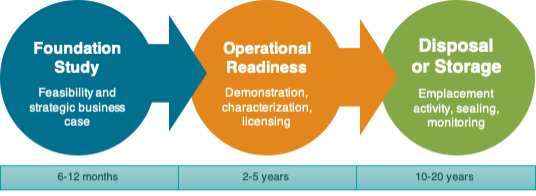Sixty-nine years ago something happened in a small desert town that changed the course of history. Dec. 20 will mark the anniversary of the day that the Experimental Breeder Reactor-I became the first power plant to produce usable electricity through atomic fission.
The illumination of just four lightbulbs at the plant, a humble but significant start, eventually led to a reactor capable of powering the whole facility.
This monumental innovation was a pioneer in providing the world with a reliable source of carbon-neutral power long before anyone would realize how important that would become. But there was a critical flaw: There was no means for permanent waste disposal factored into the production of nuclear energy.
It’s inspiring to see how innovation starts. From four lightbulbs in an Idaho desert, nuclear energy is a reliable power source that today provides 10 percent of the world’s power and is among the top sources of low-carbon energy.
But seven decades later, the waste issue remains unresolved. There are 490,000 metric tons of radioactive spent fuel temporarily stored in pools and dry casks worldwide.
The reasons for this failure are myriad, but fundamentally the mined repository approach has been both expensive and unpopular. Because it is so expensive, there can typically be only one repository for a country, which means asking one community to carry the burden, leading to “not in my backyard” concerns. Specific failures have been because of an inability to achieve community consent, concerns over transportation, lack of trust in government, lack of political will, and poor communication. When there has been progress it is typically measured in decades, or even generations. In the United States it has been very much one step forward, two steps back. And the result is that there is no working repository for high level nuclear waste or spent nuclear fuel anywhere in the world.
But the world has changed since the 1950s. Innovation has achieved technical miracles once thought impossible that leave our world vastly improved in so many ways. At Deep Isolation this spirit of innovation is at the heart of what we do and what we believe can address nuclear waste too.
I recently blogged about how Deep Isolation’s successful $20 million Series A raise shows that socially responsible investors are willing to support a cleantech startup with a nuclear waste disposal solution. We’re thankful for this. The world needs cleantech investors who are willing to be inclusive of all technologies that work together to contribute to a carbon-neutral future.
This means investing in advancements that complete the full fuel cycle rather than leaving waste sitting in indefinite storage. This also paves the way for a waste solution for the advanced nuclear power plants of the future.
Rod McCullum of the Nuclear Energy Institute was refreshingly candid when he said in a podcast interview: “To move the next generation of nuclear reactors forward, the industry needs to be able to tell investors and the government that we have a solution to the waste.”
This is where social responsibility comes into play. No matter whether you believe nuclear plays a role in slowing climate change or not, it’s a fact that the moment those first lightbulbs flickered to life in an Idaho desert a waste burden was conceived and left for future generations to bear.
Let’s be the generation to resolve this once and for all. The results will help make our world a better place.

